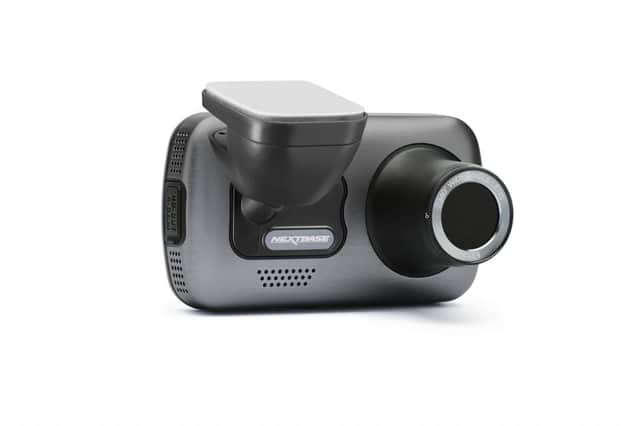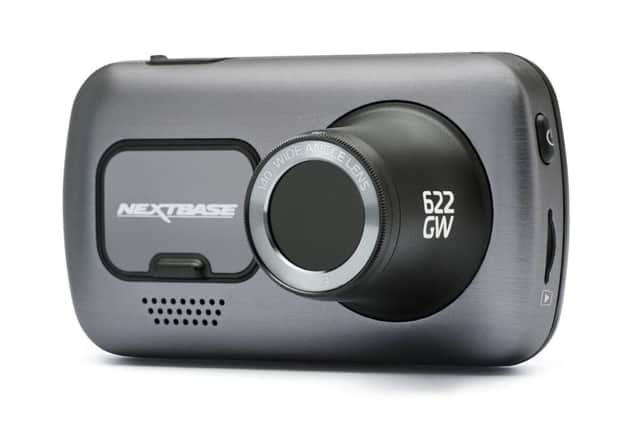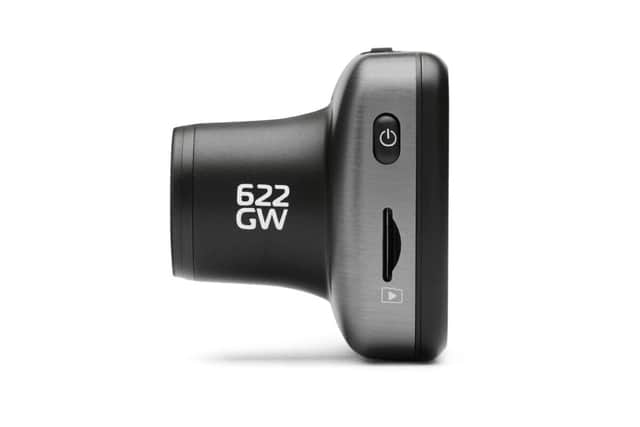Nextbase 622GW dash cam review


Recent years have seen a boom in sales of dash cams and Nextbase has been among the biggest brands to emerge from this trend.
For the last few years it’s been producing dash cams to suit most budgets and the 622GW is one of the brand’s newest top-end units, offering high-resolution recording, a three-inch live view touchscreen and some unique features.
Advertisement
Hide AdAdvertisement
Hide AdAt the heart of the camera is a 140-degree lens and 4K sensor providing constant recording at 30 frames per second. It features a built-in (rather than stick-on) polarising filter and the usual auto start and “lock” function that protects files if the unit’s sensor detects an impact.
As you would hope from a big-brand 4K sensor the image quality is excellent, with a sharp picture and good contrast in daylight, aided by inbuilt image stabilisation. It also features an enhanced night mode which helps improve quality in low-light conditions and an extreme weather mode that claims to use algorithms to get the best possible picture in the worst conditions. We didn’t get a chance to test this claim.


In addition to this the 622GW is the first dash cam to integrate the what3words location system. This breaks the globe down into a grid of three-metre squares and gives each a unique three-word name. It means you can identify where you are without knowing GPS coordinates, postcode or even road name or number and it’s integrated into the camera so it still works without a data connection. Being able to access this information via the camera could prove useful if you’re involved in an incident somewhere unfamiliar.
Also potentially useful in the event of a collision is the emergency call service which activates if the unit detects a particularly heavy impact. It won’t call an ambulance or police to your location but does prompt a call to your designated phone to check if you’re okay, from which they can dispatch help.
Advertisement
Hide AdAdvertisement
Hide AdBoth are hopefully features you’ll never have to use but they feel like practical additions rather than gimmicks.
The same can’t be said for the inclusion of Amazon Alexa, which essentially allows you to use voice control to manage basic functions such as starting or protecting a recording. Since the camera does both of these automatically anyway and has a touchscreen and smartphone app for controlling settings, it seems rather redundant.


Unfortunately, while it has some smart features, the unit’s design counts heavily against it. The body is an okay size but the lens sticks out a ridiculous amount. This means you have to mount the unit lower down the screen and further away from the glass and potentially means it could block your view. It seems totally unnecessary when other 4K units from rival brands are far slimmer and manage to integrate the lens into the body itself.
It’s a shame that the physical design is so poor as the rest of the unit has plenty to recommend it. The image is excellent and the location and emergency call services are a reassuring feature to have built in. On top of which, at £249 it’s significantly cheaper than some other 4K cameras, which goes some way to making up for its poor design.